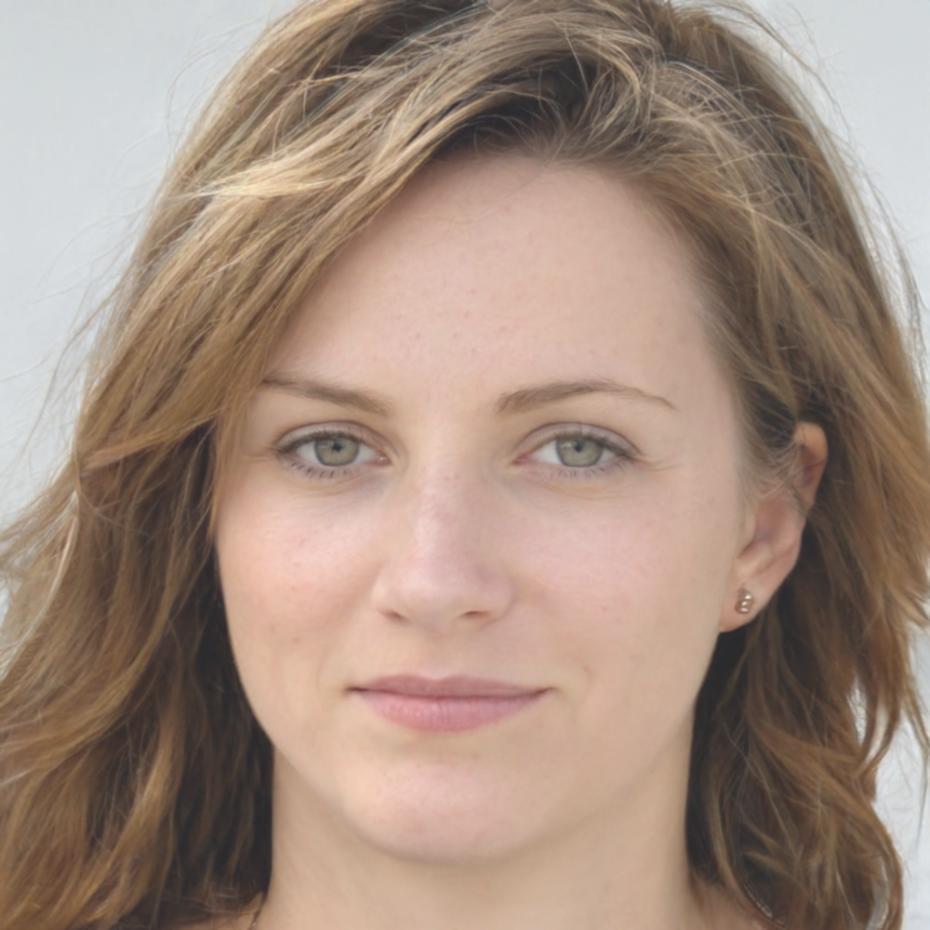Learning to Read Companies Before Making Financial Moves
We spend a lot of time comparing businesses, and honestly, it's taught us more about money than most textbooks ever did. When you know how to read between the lines of a company's performance, you start seeing patterns that matter.


What Actually Changes When You Compare Properly
You Stop Guessing About Stability
There's a difference between a company that looks good on paper and one that's actually sustainable. We look at debt structures, cash flow patterns, and how they've handled past economic shifts. It's not about finding perfect companies—those don't exist. It's about understanding what you're really getting into.
Competitive Position Becomes Clear
Market share numbers tell one story, but we've found that operational efficiency tells another. When you compare how different companies manage costs relative to their competitors, you start noticing who's actually prepared for market changes and who's just riding current trends.
Risk Looks Different Up Close
Some businesses operate on thin margins but with predictable revenue. Others have comfortable margins but unpredictable demand. We teach people to spot these trade-offs because what looks risky to one person might be perfectly acceptable to another, depending on their situation.

Our Approach to Company Analysis
We've built our program around practical frameworks that work in Australian market conditions. Most of what we teach comes from years of actually doing this work, not from theoretical models that fall apart when markets get volatile.
Our students learn to build comparison frameworks that they can use repeatedly. Once you understand the structure, you can apply it across industries.

Ready to Learn Comparative Analysis?
Our next comprehensive program starts in September 2025. We keep groups small because this kind of learning works better with direct feedback. If you're serious about understanding company analysis, we'd be happy to share more details about the curriculum structure and learning outcomes.
